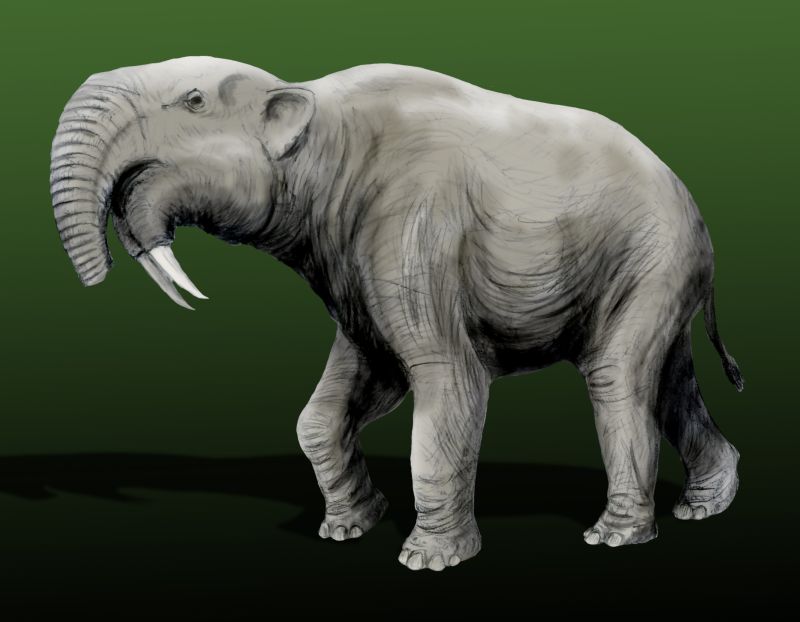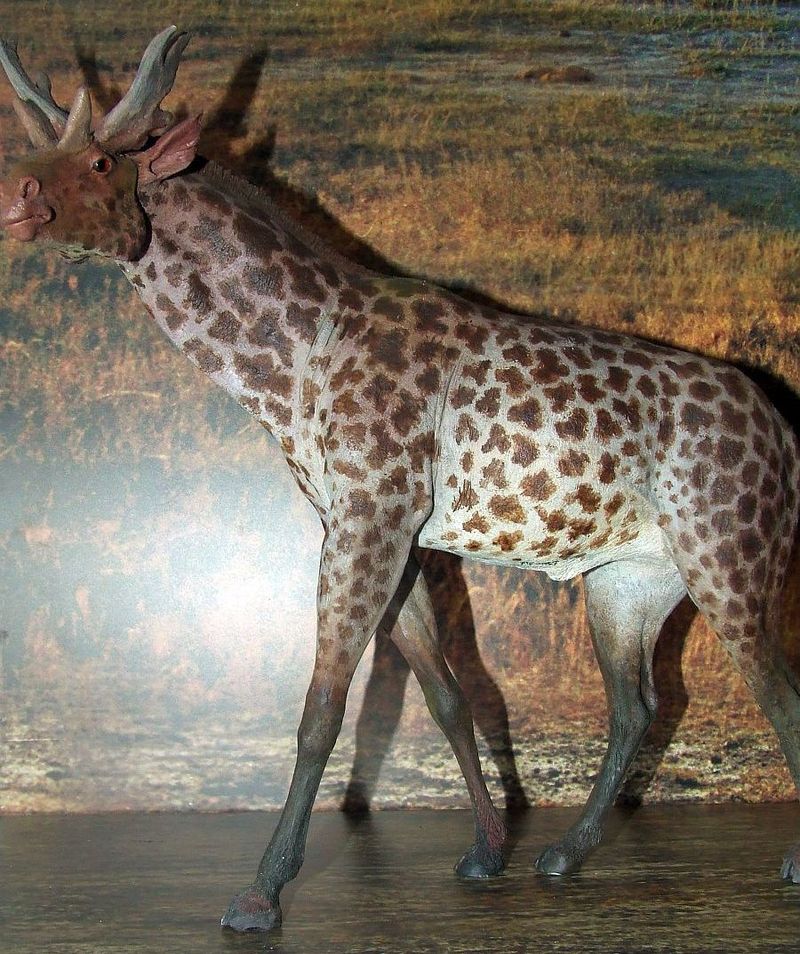Ancient mammal extinctions in Africa caused by climate change rather than humans, study finds
Megafauna experienced habitat loss due to falling CO2 levels, research suggests

Your support helps us to tell the story
From reproductive rights to climate change to Big Tech, The Independent is on the ground when the story is developing. Whether it's investigating the financials of Elon Musk's pro-Trump PAC or producing our latest documentary, 'The A Word', which shines a light on the American women fighting for reproductive rights, we know how important it is to parse out the facts from the messaging.
At such a critical moment in US history, we need reporters on the ground. Your donation allows us to keep sending journalists to speak to both sides of the story.
The Independent is trusted by Americans across the entire political spectrum. And unlike many other quality news outlets, we choose not to lock Americans out of our reporting and analysis with paywalls. We believe quality journalism should be available to everyone, paid for by those who can afford it.
Your support makes all the difference.Climate change was a major factor in the extinction of giant animals across Africa over the last several million years, according to new research which disputes the long-held belief that our earliest weapon-wielding ancestors were a significant factor.
When and why megafauna, including colossal elephants and antlered giraffes, died out has remained a mystery for archaeologists and paleontologists.
Africa’s rich biodiversity of the distant past was widely thought to have been impacted by the arrival of early human ancestors who hunted them to extinction.
But the new work questions the validity of this theory, arguing there have been few attempts to test this scenario or explore alternative ideas.
Scientists at the University of Utah argued long-term environmental change drove the extinctions, mainly in the form of deforestation and grassland expansion caused by falling atmospheric carbon dioxide (CO2) levels.
The work indicates species of the largest herbivores began a steady long-term decline about 4.6 million years ago, long before tool-using human ancestors became a threat to the animals.
Our early ancestors diverged from chimpanzees 4 million to 7.5 million years ago, but tools, use of animal carcases and hunting came much later. The very earliest stone tools may have been used 2.4 million years ago, but significant levels of hunting only began 50,000 years ago, the fossil record shows.
Tyler Faith, curator of archaeology at the Natural History Museum of Utah and assistant professor in the Department of Anthropology at the University of Utah, led the study.
He said: “Our analyses show that there is a steady, long-term decline of megaherbivore diversity beginning around 4.6 million years ago.
“This extinction process kicks in over a million years before the very earliest evidence for human ancestors making tools or butchering animal carcasses and well before the appearance of any hominin species realistically capable of hunting them, like Homo erectus.”
In Africa, our evolving predecessors would have borne witness to many huge species which no longer walk the earth, including Deinotherium – a mighty elephant with backwards-curving tusks which weighed twice as much as an African bush elephant.
There were also two large baboon species, the largest of which was about the same size of a modern gorilla.
One of the strangest animals was the Sivatherium – a relative of the modern giraffe, and perhaps the largest ruminant ever to walk the earth. The species resembled a powerfully-built giraffe – over 3m tall, and weighing more than a tonne – but with a head like a stag with two pairs of antlers.

In order to understand the demise of these and other megaherbivores, Professor Faith and his team examined data from over 100 fossil records spanning the last seven million years.
They also looked at climate and environment records and their effects, specifically global atmospheric CO2 trends, stable carbon isotope records of vegetation structure, and stable carbon isotopes of eastern African fossil herbivore teeth.
Their analysis reveals that over the last seven million years substantial megaherbivore extinctions occurred: 28 lineages became extinct, leading to the present-day communities lacking in large animals.
“The key factor in the Plio-Pleistocene megaherbivore decline seems to be the expansion of grasslands, which is likely related to a global drop in atmospheric CO2 over the last five million years,” said co-author John Rowan, a postdoctoral scientist from University of Massachusetts Amherst.
“Low CO2 levels favour tropical grasses over trees, and as a consequence savannas became less woody and more open through time. We know that many of the extinct megaherbivores fed on woody vegetation, so they seem to disappear alongside their food source.”
The loss of these massive herbivores may also account for other extinctions which have been attributed to ancient hominins.
Previous studies have suggested competition with increasingly carnivorous species of early human ancestors led to the demise of numerous carnivores over the last few million years. But the new study suggest an alternative.
“We know there are also major extinctions among African carnivores at this time and that some of them, like sabretooth cats, may have specialised on very large prey, perhaps juvenile elephants,” said co-author Paul Koch, of the University of California. “It could be that some of these carnivores disappeared with their megaherbivore prey.”
Professor Faith said: “Looking at all of the potential drivers of the megaherbivore decline, our analyses suggest that changing climate and environment played the key role in Africa’s past extinctions.”
The study is published in the journal Science.
Join our commenting forum
Join thought-provoking conversations, follow other Independent readers and see their replies
Comments